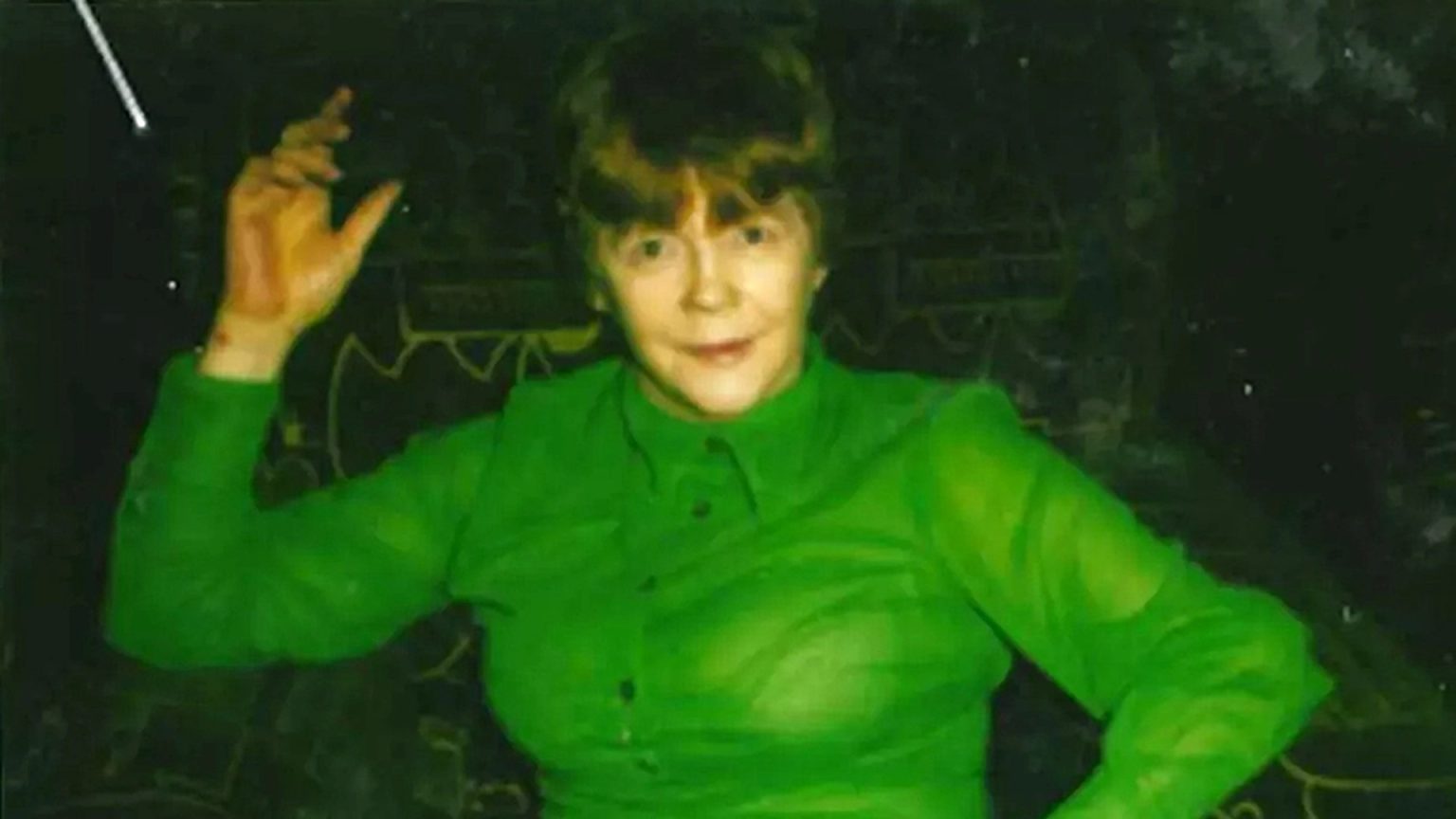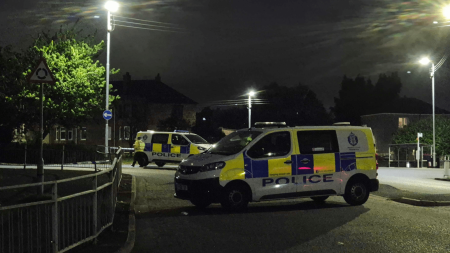The 1984 murder of Mary McLaughlin, a 58-year-old mother of eleven, remained a chilling cold case for three decades, haunting her family and baffling investigators. Mary was found dead in her Glasgow flat on October 2nd, 1984, five days after she was last seen alive. Her son, Martin Cullen, made the grim discovery, finding his mother’s body lying on a bare mattress, her dress on back-to-front. The scene suggested a brutal and personal attack, with no signs of forced entry, immediately raising suspicions. Mary had last been seen leaving the Hyndland Pub around 10:30 pm on September 27th, making a stop at a local chip shop before heading towards her home, less than a mile away. A taxi driver reported seeing her walking barefoot with a man following close behind, a detail that would become tragically significant years later.
Initial police investigations, despite gathering over 1,000 statements, yielded no concrete leads. The case grew cold, with periodic reviews through 2008 failing to uncover the killer’s identity. Mary’s daughter, Gina, harbored suspicions of a “hidden killer within the family,” fueled by the complex dynamics of Mary’s large family and the strained relationships following her separation from her second partner. The lack of progress in the case left the family tormented by unanswered questions and the agonizing possibility that someone they knew was responsible for Mary’s death.
The breakthrough finally came in 2014 with the advent of advanced DNA profiling technology at the Scottish Crime Campus. Scientists could now analyze 24 DNA markers, double the previous capacity, allowing them to extract viable profiles from degraded samples. Crucially, this meant re-examining evidence collected at the crime scene decades earlier, including Mary’s hair, nails, and cigarette butts that had been preserved in paper bags. One particular cigarette butt, found in Mary’s ashtray and not of her usual brand, became the key to unlocking the mystery.
Forensic scientist Joanne Cochran and her team achieved a “Eureka moment” when they successfully extracted a full male DNA profile from the cigarette butt. This profile, the first significant forensic evidence in the case, was run through the national database of convicted criminals. The result pointed to Graham McGill, a convicted sex offender who had been incarcerated in Edinburgh at the time of Mary’s murder. This seemingly airtight alibi initially stumped investigators, raising questions about how McGill could have committed the crime while imprisoned.
Undeterred, detectives embarked on a meticulous search for prison records to verify McGill’s alibi. Despite the challenges posed by antiquated record-keeping systems and lost paperwork, Detective Sergeant Kenny McCubbin’s persistence paid off. He uncovered the prison governor’s journals at the National Records of Scotland, revealing that McGill had been on a “Training for Freedom” program, allowing him weekend leave from prison. This crucial detail placed McGill squarely within the timeframe of Mary’s murder, shattering his alibi and providing a chillingly plausible explanation for his involvement.
Further forensic analysis solidified the case against McGill. His DNA was found on Mary’s dressing gown cord, the weapon used to strangle her, and his semen was traced on her dress. The combination of the DNA evidence and the revised timeline of McGill’s whereabouts provided irrefutable proof of his guilt. In December 2019, 35 years after Mary’s murder, Graham McGill was arrested while working as a fabricator in Glasgow.
McGill, 59 at the time of his arrest and 22 when he committed the murder, stood trial in April 2021. The evidence presented against him was overwhelming, leading to his conviction. He was sentenced to a minimum of 14 years in prison, bringing a measure of closure to Mary’s family, who had endured decades of uncertainty and grief. For Mary’s daughter, Gina, the conviction represented a bittersweet victory, finally revealing the truth behind her mother’s tragic death, a truth she had feared she might never know. The case underscores the transformative power of forensic science and the unwavering dedication of investigators to pursue justice, even after decades have passed.











